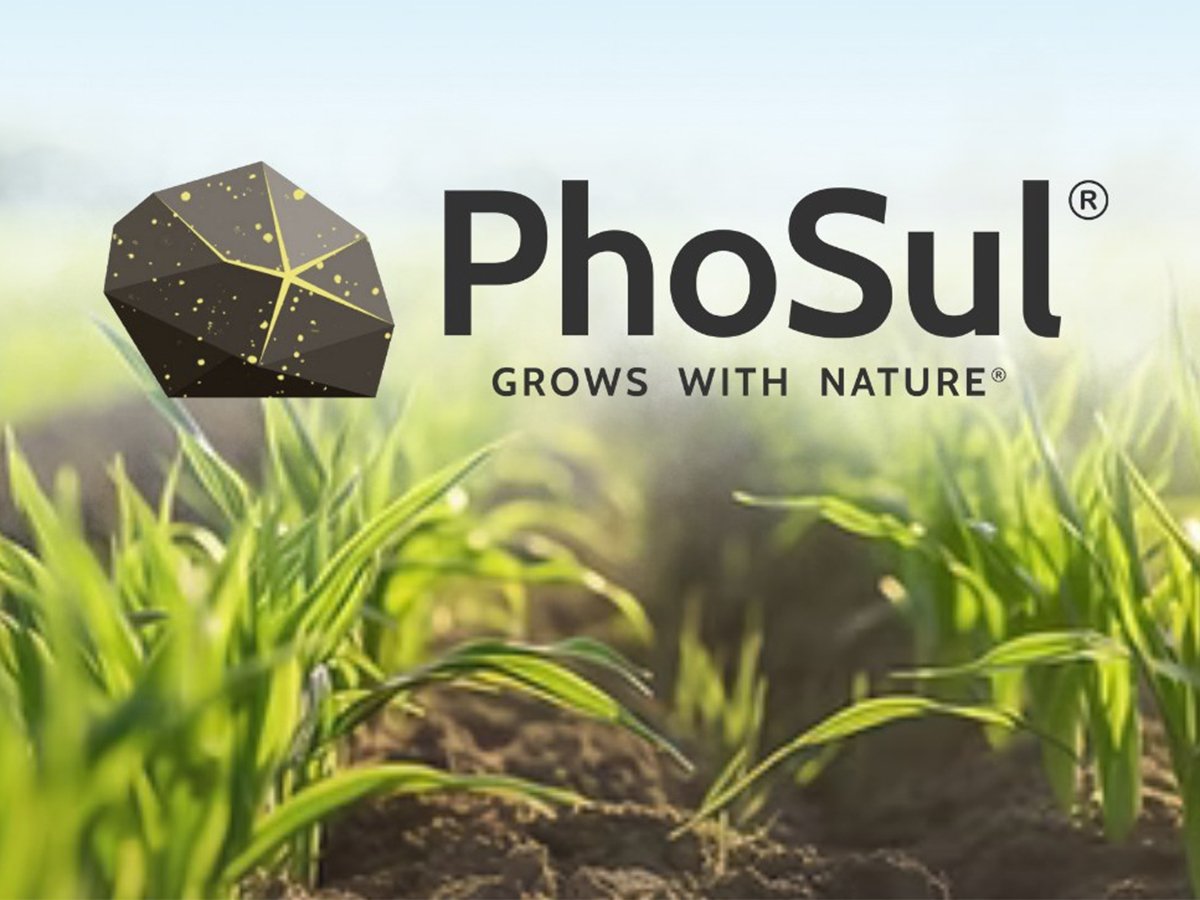A new phosphorus fertilizer, launched at Ag in Motion 2025, promises to reduce nutrient tie-up and deliver slow-release feeding throughout the growing season.
Developed by Crop Growth Sciences, PhoSul combines natural rock phosphate with elemental sulfur but also adds amorphous silica.
Follow all our Ag in Motion coverage here
Read Also

Fertilizer method’s link to emissions studied
A researcher says others studying greenhouse gas emissions aren’t considering how the loss of nitrogen into the atmosphere correlates with fertilizer application or if there is an impact to yield.
“It’s a new take on an old idea,” said Darcy Lepine, president of Crop Growth Sciences.
The silica addition is the patented component of the product and plays a key role in freeing up phosphorus for plant use.
Lepine said traditional synthetic fertilizers such as MAP (monoammonium phosphate) rely on water solubility to make phosphorus available. However, that also makes them prone to rapid tie-up in the soil, typically within 30 days.
PhoSul, by contrast, is designed to mimic natural soil processes, relying on microbial activity to create sulfuric acid as it breaks down the sulfur component. This acid releases phosphorus from the rock phosphate.
What makes PhoSul different is the silica, which binds with calcium — a byproduct of the reaction — before it can re-bind with phosphorus. Lepine said this allows up to 90 per cent of the phosphorus to remain plant-available, despite being a non-water soluble product.
Because of its low salt index, PhoSul can be safely placed near seed, even sensitive crops such as canola. Lepine said the product works particularly well in high pH or sodic soils, where synthetic fertilizers often struggle.
The fertilizer also offers environmental benefits. According to Lepine, PhoSul requires five times less carbon dioxide to produce than MAP or DAP. Since it’s not water soluble, it’s less prone to runoff or loss into waterways.
PhoSul can replace all or part of a farmer’s typical phosphorus fertilizer blend and is designed to blend seamlessly with common products such as urea, MAP or MEZ. Lepine emphasized it’s not a silver bullet; rather, it’s a tool to improve soil biology and maintain fertility over time.
PhoSul is now available in Canada, after an initial launch in the United States in 2024.
The company has four years of research from Montana State University and about 20,000 acres under use so far this season.


















